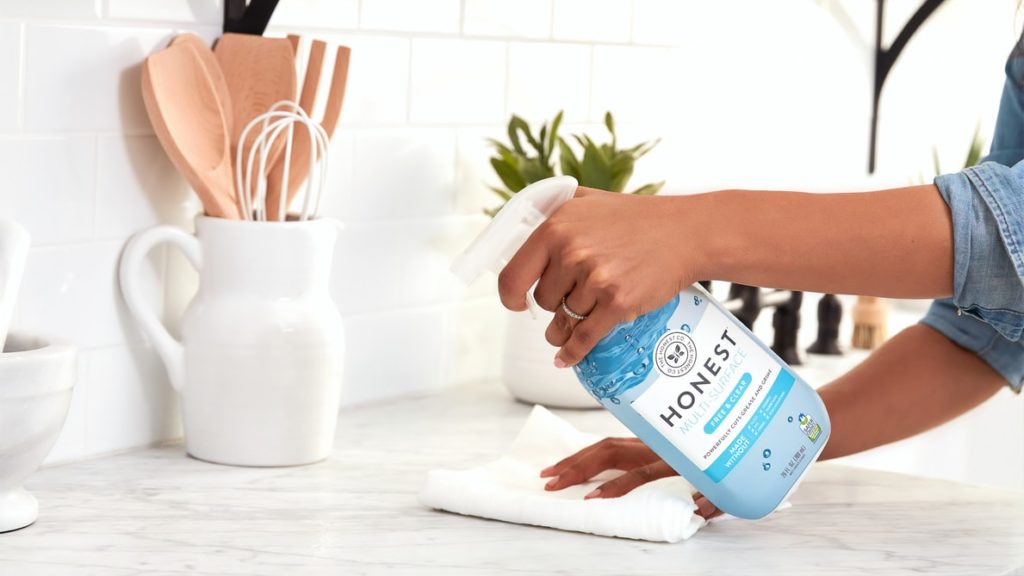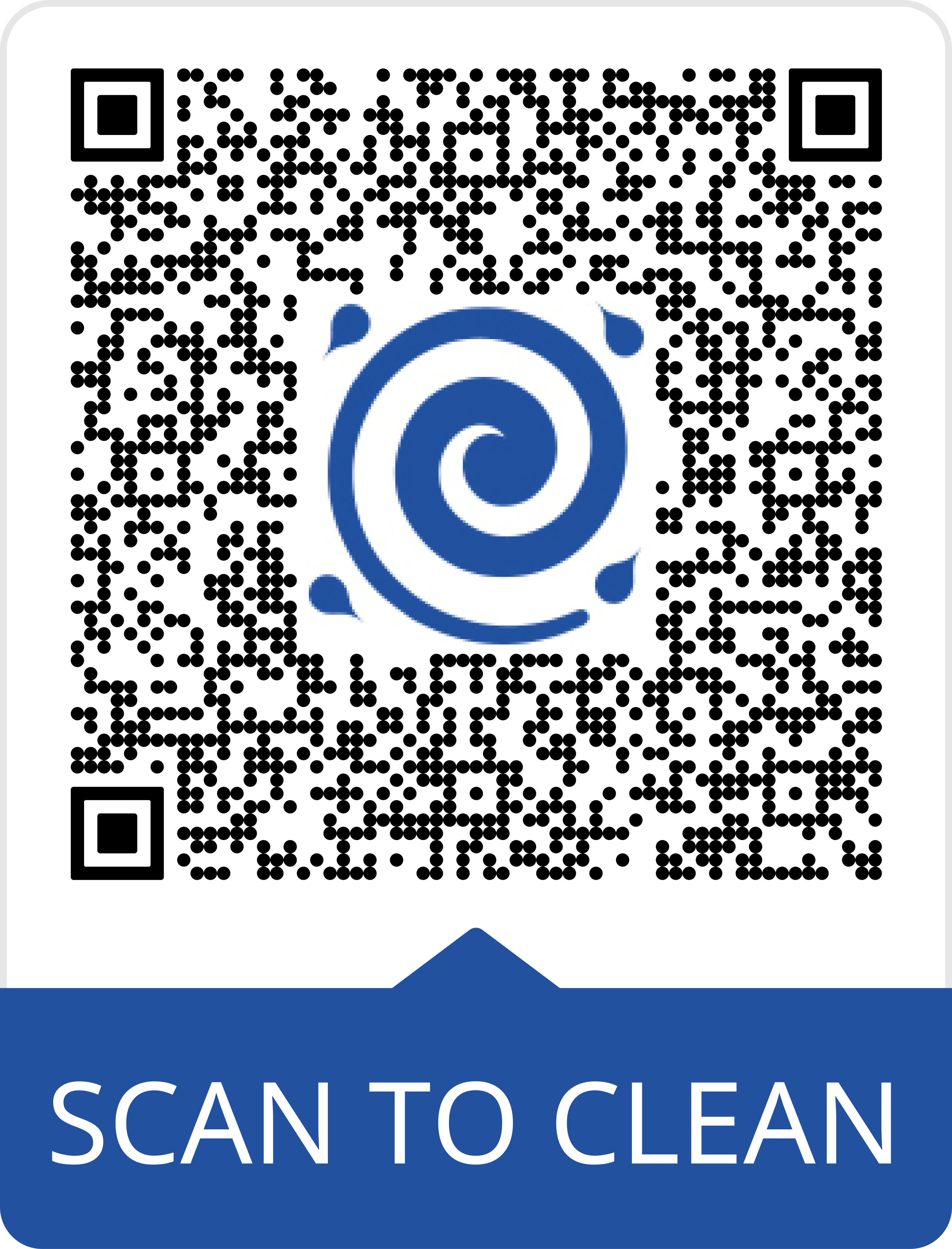What are the best cleaning and sanitising procedures?
In the age of the coronavirus pandemic cleaning and sanitising has never been so important. Whether it be at your home, or place of business, vigilant cleaning and rigorous personal hygiene and handwashing practices are now part of our everyday life and will be for the foreseeable future.
What is the difference between cleaning and sanitising?
This is a question often asked as cleaning is commonly perceived to be enough. It is not.
Let’s take the example of a kitchen bench. If you were to clean the bench, you may sweep away crumbs and food particles, then wipe down with some soapy water and leave to dry. If you wanted to also sanitise the area, you would need to use something stronger than detergent. A disposable disinfectant wipe or spray and then wipe down again. A simple rule of thumb is that cleaning takes away what the eye can see, but sanitising is an extra step which takes away what is unseen to the eye, such as bacteria and germs.
How do I know my cleaning is hygienic enough?
The best way to ensure first-class cleaning at your place of work is to engage a reputable commercial cleaning company who are specialised in providing both cleaning and sanitising processes. Your cleaning provider should be following the below cleaning and sanitising steps.
- Inspection
- Sweep and flush
- Wash
- Rinse
- Sanitise
- Dry
- Check the area
Implementing these practices is a good way to minimise any spread of sickness or virus in your workplace, however, following these steps is not enough if sanitisation and hygiene are a priority. A good office cleaner should be offering more frequent services and detailed cleaning on touchpoint and common areas such as light switches, phones and lift buttons.
Request a copy of your cleaner’s schedule and ask them to share with you their cleaning processes and cross-check them with the steps above. It’s also a good idea to ask them which cleaning chemicals, detergents and disinfectants they are using and if their staff have appropriate protective equipment to carry out the task at hand.
Ask yourself, is your commercial cleaner doing enough? If not, it could be time to break up with your office cleaner.

